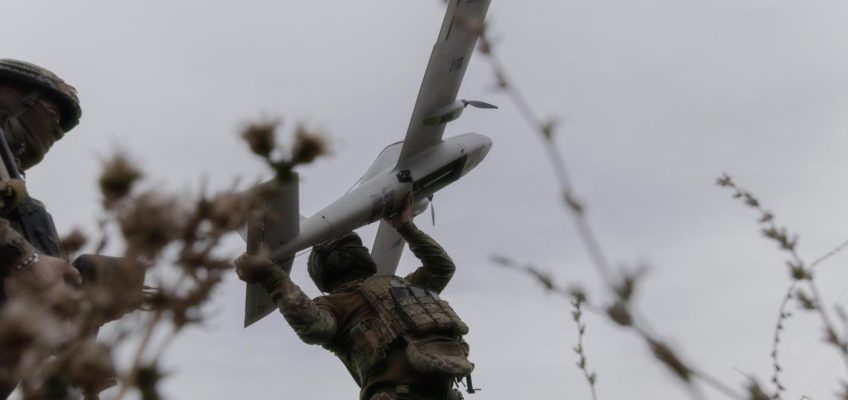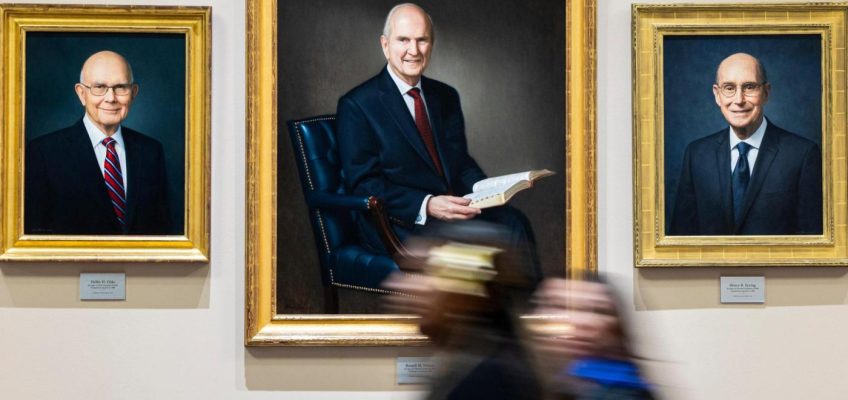Hle Thao started at Indecomm Global Services as an account specialist in 2007 and went on to receive two promotions. But after sloughing off during work hours, he was fired in early 2023.
An Indecomm internal audit then uncovered that Thao had used a “dummy account” to embezzle at least $384,000 from the St. Paul company over several years, prosecutors say.
Hle Thao (Courtesy of the Ramsey County Sheriff’s Office)
Thao, 41, of Maplewood, was charged last week in Ramsey County District Court with five counts of theft by swindle. He’s been released from jail on his own recognizance ahead of a Nov. 29 first appearance on the charges. An attorney is not listed in his court file.
New Jersey-based Indecomm Global Services provides technology and business services for the mortgage industry. At its office along Energy Park Drive, Thao was promoted to a lead accountant position in 2011 and assistant controller three years later.
He was fired in February 2023 for “excessive absenteeism, including for being unreachable” when he was supposed to be working online from home, the complaint says.
The audit showed Thao had created a bogus account — “Pitney Bowes Reserve” — within Indecomm’s software that manages and pays vendors.
The account didn’t raise red flags because Indecomm made “legitimate” payments to several Pitney Bowes accounts, the complaint says.
Thao directed Indecomm payments to his personal Wells Fargo bank account through the fake account, the complaint says.
“The audit further uncovered other transfers of Indecomm funds and payments to other accounts that Thao appears to have owned and/or controlled,” the complaint alleges.
An attorney for Indecomm spoke with Thao by phone and told him the audit showed he had misdirected hundreds of thousands of dollars to his accounts. When the attorney suggested the amount was about $650,000, Thao responded by saying it was “around” that figure, the complaint says.
Thao went on to say during the phone call that he began diverting funds at a time when Indecomm was “not providing him with enough resources or support,” the complaint reads. He added that he spent the funds and did not have money to repay his former employer.
The charges reflect $384,700 that Thao diverted into his Wells Fargo account between Oct. 1, 2020, and March 31, 2023. They do not include funds that Thao transferred into the bank account “through this embezzlement scheme” prior to October 2020, or to his other accounts, the complaint says.
Court records show that Thao was sued by Synchrony Bank in May for a $4,311 outstanding balance on a credit card he was issued on Jan. 26, 2023, just days before he was fired by Indecomm. A June judgement ordered Thao to repay the balance, as well as incurred interest and fees.
Related Articles
Ramsey County to pay $100,000 to former Juvenile Detention Center detainee
Truck driver sues Mark Sanchez and Fox after violent fight over parking space
Charge: St. Paul bar customer dies after security guard’s punch
National Guard members from Texas are in Illinois in Trump’s latest move to send troops to cities
St. Paul nightclub security guard charged with punching customer




